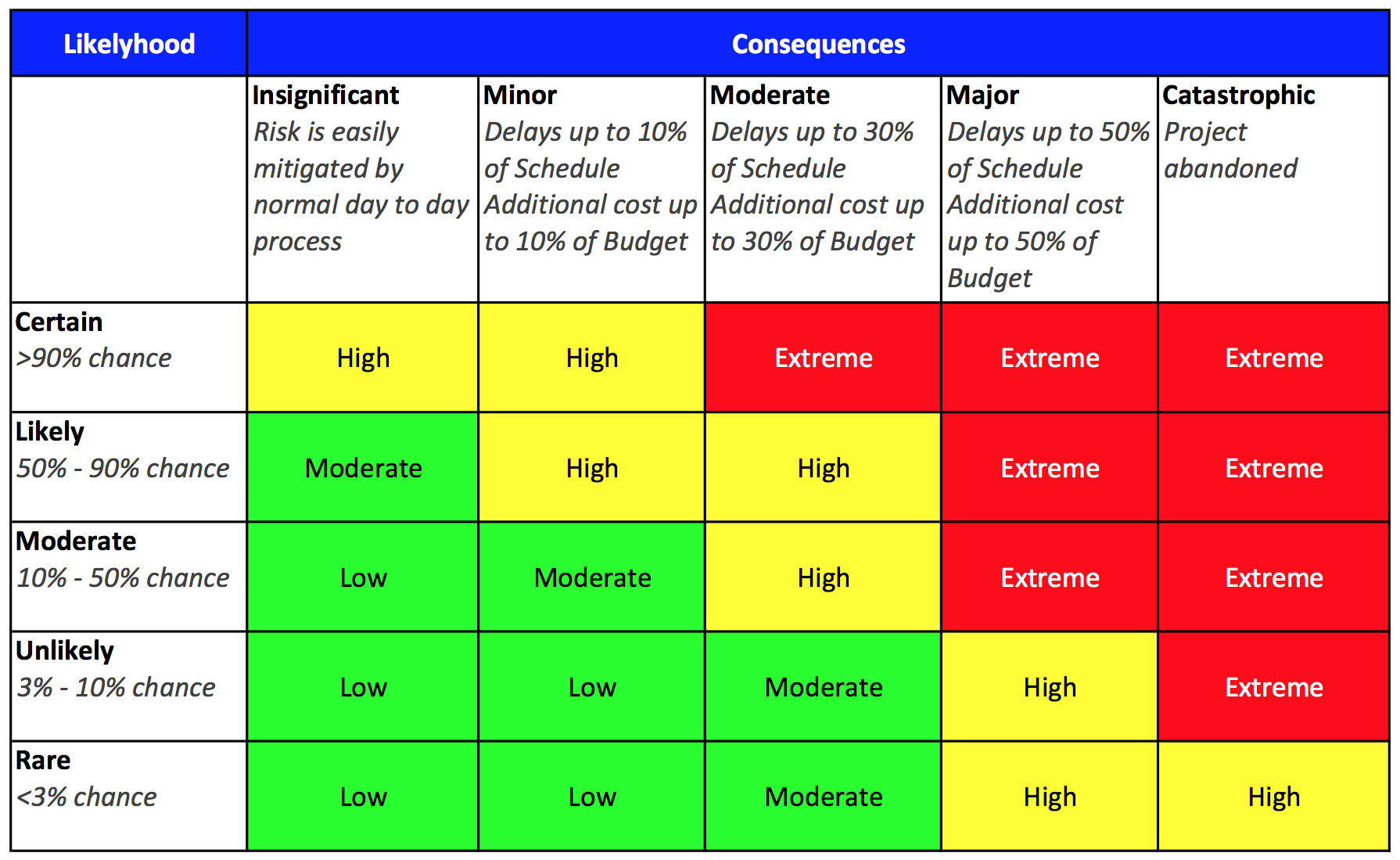

Another group factors to be taken into account are the means of mitigation that are considered acceptable by the safety regulator, for example the effective use of Airborne Collision Avoidance System (ACAS) as mitigation means for mid-air collision hazard. Elements to be considered in the severity assessment would include a number of indicators, such as crew workload, exposure time to the hazard, aggravating factors etc. The ultimate criterion used to assess the severity of hazards is the impact on the safety of an aircraft and its occupants and other persons who may be directly affected.

Risk assessment is based on the evaluation of the following criteria: the severity of a hazard, the probability (frequency) of its occurrence and tolerability of its effects. ICAO Doc 9859 - Safety Management Manual highlights the importance of distinguishing between hazards (the potential to cause harm) and risk (the likelihood of that harm being realised during a specified amount of risk exposure).

Once hazards and their effects have been determined during the first step by means of hazard identification, an analysis is required to assess the probability of the hazard effects occurring and the severity of these effects on aircraft operation. Risk Assessment is the second step in the risk management process. Risk management shall ensure that risks are systematically analysed (in terms of probability of occurrence and severity of hazard effects), assessed (in terms of tolerability) and controlled to an acceptable level (by implementation of mitigation measures).Īircraft operators and aviation service providers shall also define those levels of management with authority to make decisions regarding safety risks tolerability. Aircraft operators and other aviation service provider organisations should establish and apply a formal risk management process within the framework of the organisational SMS. DescriptionĪmendments to several Annexes to the Chicago Convention applicable since November 2009 introduced harmonised requirements for the implementation of Safety Management Systems (SMS) by aviation service providers. Risk assessment does not represent an end in itself, but should contribute to controlling risks to an acceptable or tolerable level. Risk assessment is performed to determine the magnitude of risk and to establish whether measures are needed to contain it within defined limits. Risk means the combination of the overall probability or frequency of occurrence of a harmful effect induced by a hazard and the severity of that effect. It is the likelihood that the hazard’s potential to cause harm will be realised. Risk is the assessed potential for adverse consequences resulting from a hazard. Risk Assessment is an evaluation based on engineering and operational judgement and/or analysis methods in order to establish whether the achieved or perceived risk is acceptable or tolerable.


 0 kommentar(er)
0 kommentar(er)
